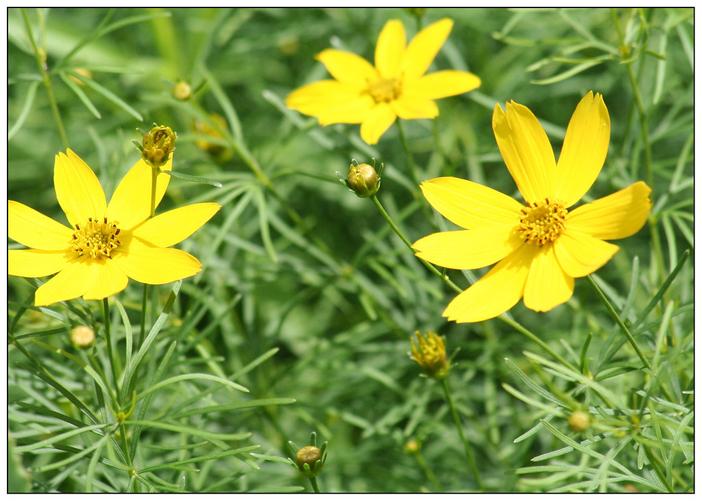Willowleaf Sunflower
(Helianthus salicifolius)
Willowleaf Sunflower (Helianthus salicifolius)
/
/

manuel m. v.
CC0 1.0
Image By:
manuel m. v.
Recorded By:
Copyright:
CC0 1.0
Copyright Notice:
Photo by: manuel m. v. | License Type: CC0 1.0 | License URL: https://creativecommons.org/publicdomain/zero/1.0/ | Uploader: M. Martin Vicente | Publisher: Flickr




























Estimated Native Range
Summary
Helianthus salicifolius, commonly known as Willowleaf Sunflower, is a deciduous perennial herb that is native to the central United States, particularly found in prairies and glades with calcareous soils. It can reach up to 2.5 meters (8.2 feet) in height and is known for its distinctive foliage, which resembles that of willow trees, with long, narrow leaves up to 21 cm (8.3 inches) long and rarely more than 1.2 cm (half an inch) wide. From late summer to fall, it produces showy flower heads with 10-20 bright yellow ray florets encircling 50 or more reddish-brown disc florets, attracting pollinators and providing late-season interest in the garden.
The Willowleaf Sunflower is valued for its tall, striking form and its ability to add vertical interest to garden borders and naturalistic plantings. It is often used in prairie restorations and wildflower gardens. This plant is relatively low maintenance, tolerating drought once established, and it prefers full sun exposure to flourish. It is adaptable to a variety of soil types, provided they have good drainage. While it can spread by underground rhizomes, it is not typically aggressive. Gardeners should be aware that, in some conditions, it may require staking due to its height. There are no significant disease or pest problems associated with this plant, making it a resilient choice for many landscapes.CC BY-SA 4.0
The Willowleaf Sunflower is valued for its tall, striking form and its ability to add vertical interest to garden borders and naturalistic plantings. It is often used in prairie restorations and wildflower gardens. This plant is relatively low maintenance, tolerating drought once established, and it prefers full sun exposure to flourish. It is adaptable to a variety of soil types, provided they have good drainage. While it can spread by underground rhizomes, it is not typically aggressive. Gardeners should be aware that, in some conditions, it may require staking due to its height. There are no significant disease or pest problems associated with this plant, making it a resilient choice for many landscapes.CC BY-SA 4.0
Plant Description
- Plant Type: Herb
- Height: 8-10 feet
- Width: 1-3 feet
- Growth Rate: Moderate
- Flower Color: Yellow
- Flowering Season: Fall
- Leaf Retention: Deciduous
Growth Requirements
- Sun: Full Sun
- Water: Medium
- Drainage: Medium
Common Uses
Bee Garden, Bird Garden, Border Plant, Butterfly Garden, Deer Resistant, Drought Tolerant, Rabbit Resistant, Rock Garden, Salt Tolerant, Showy Flowers
Natural Habitat
Native to prairies and glades with calcareous soils in the central United States
Other Names
Common Names: Weidenblättrige Sonnenblume
Scientific Names: , Helianthus salicifolius, Helianthus orgyalis, Helianthus filiformis, Helianthus ×filiformis,
GBIF Accepted Name: Helianthus salicifolius A.Dietr.